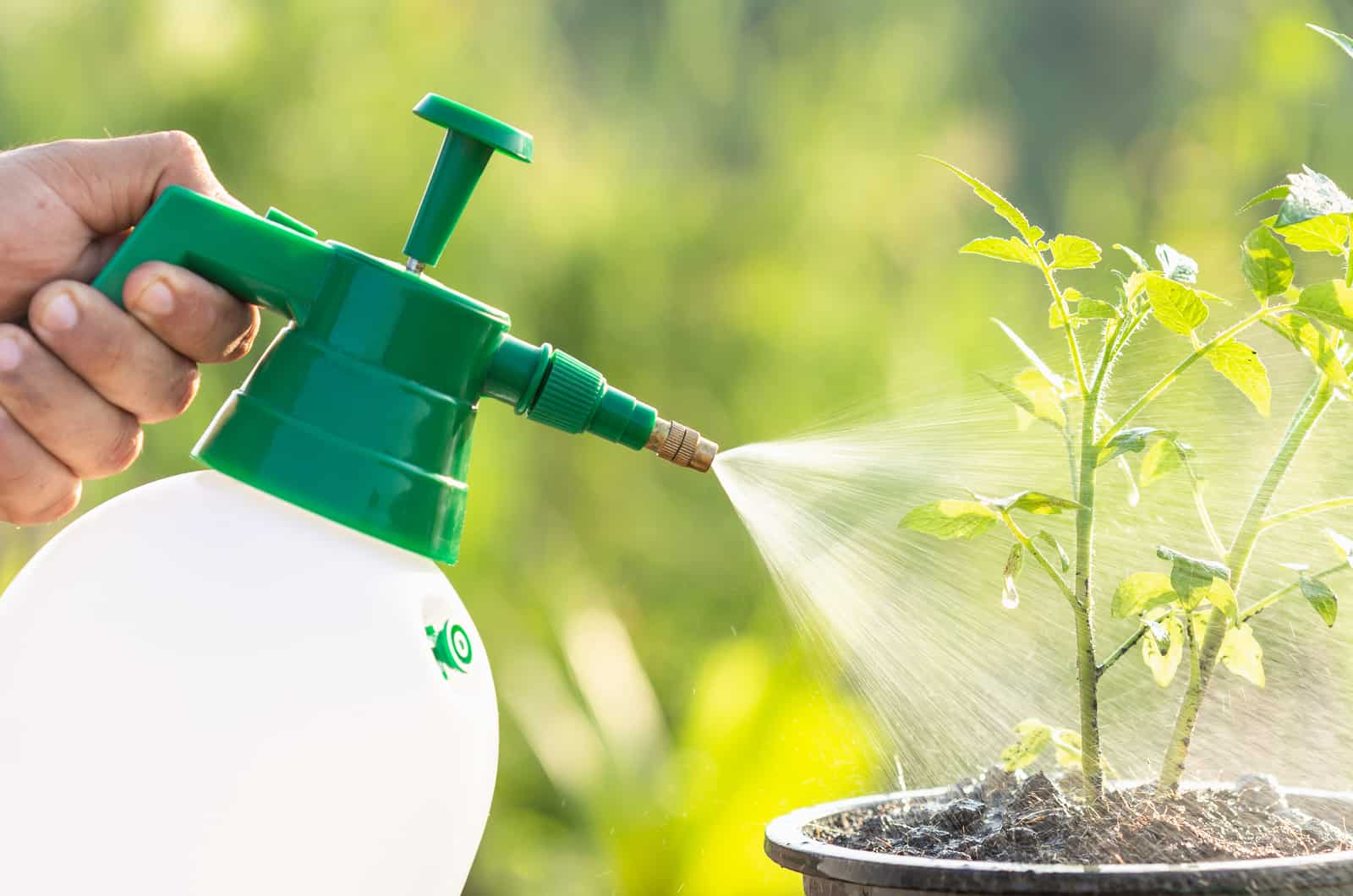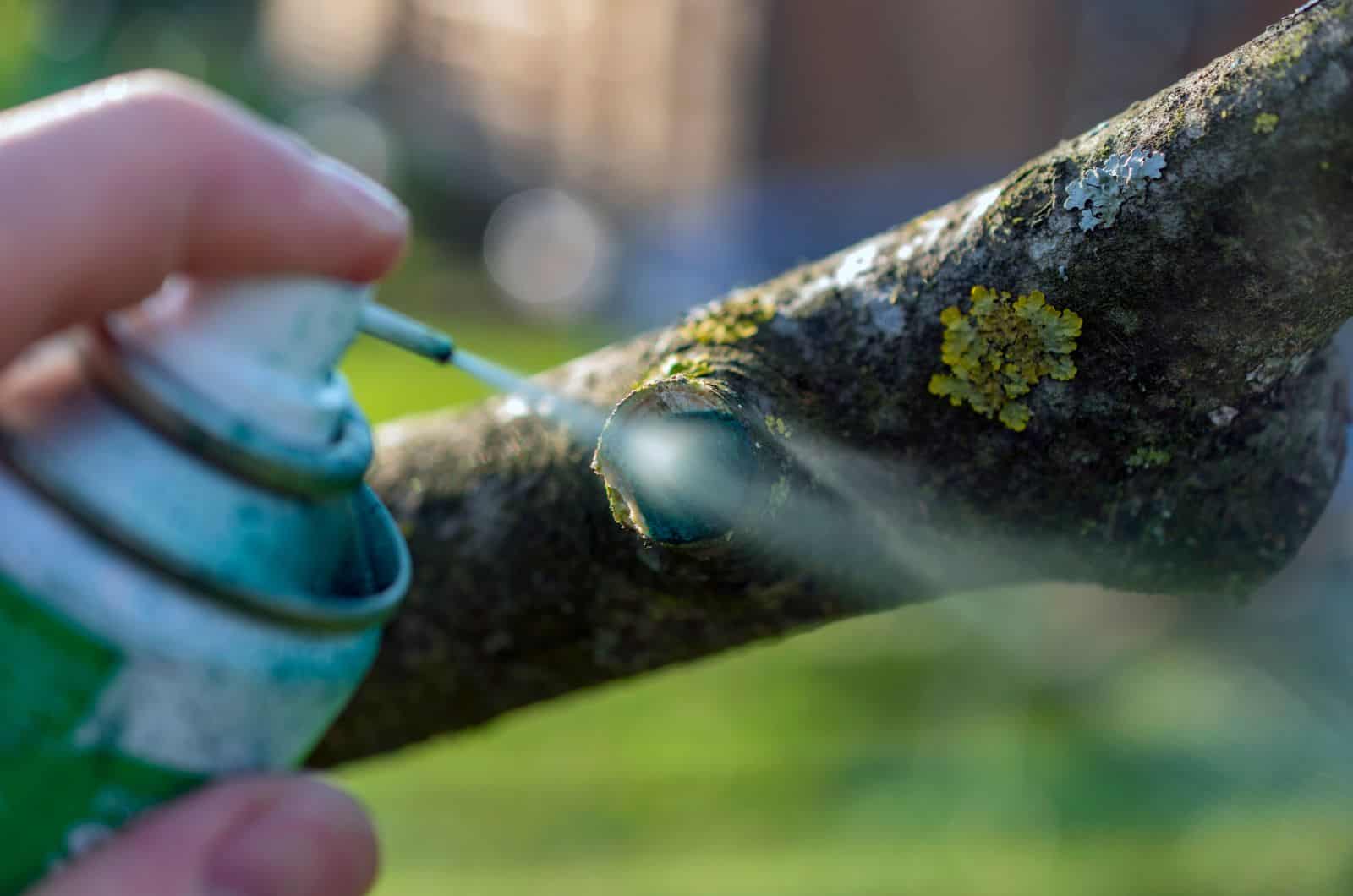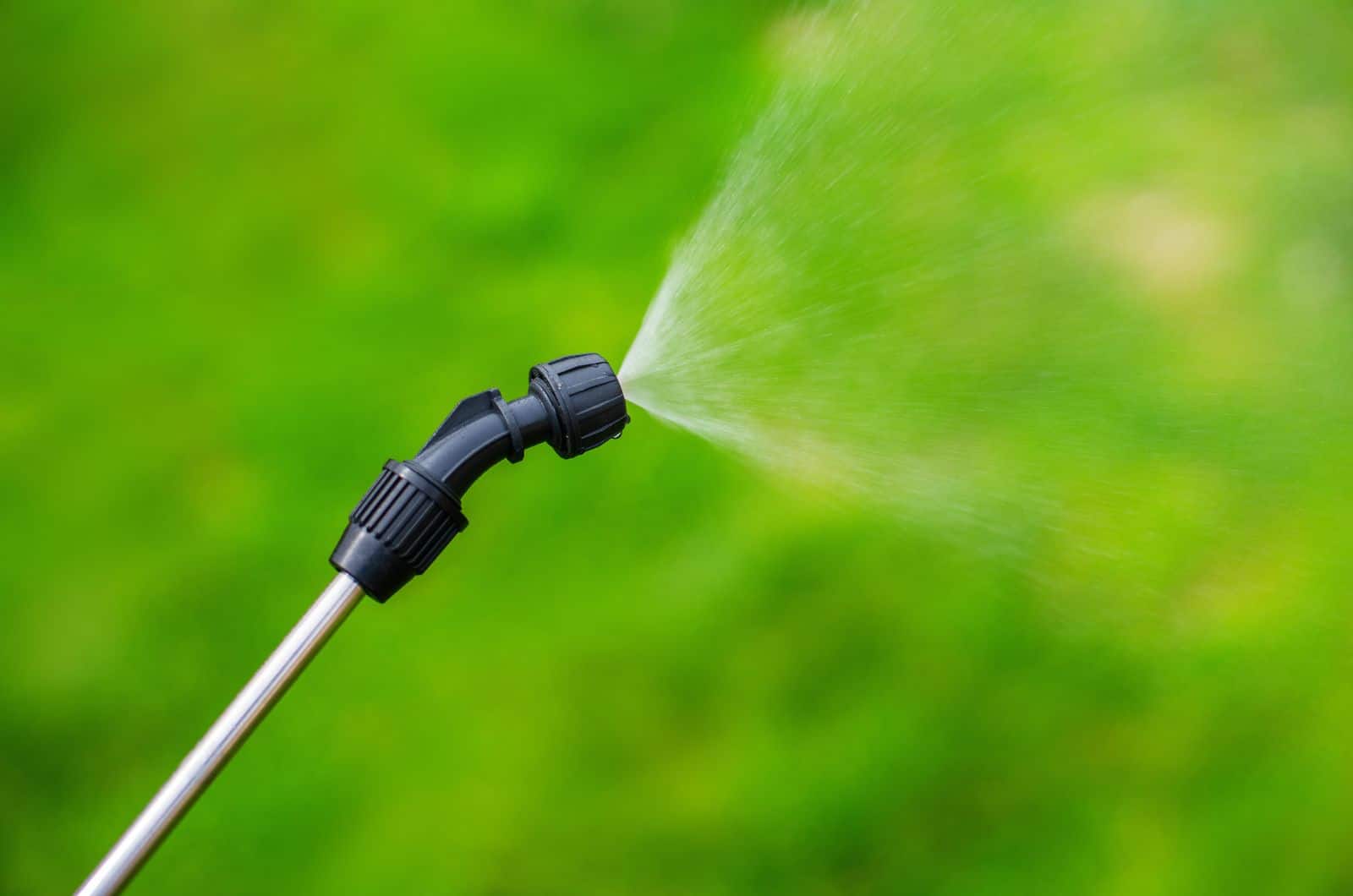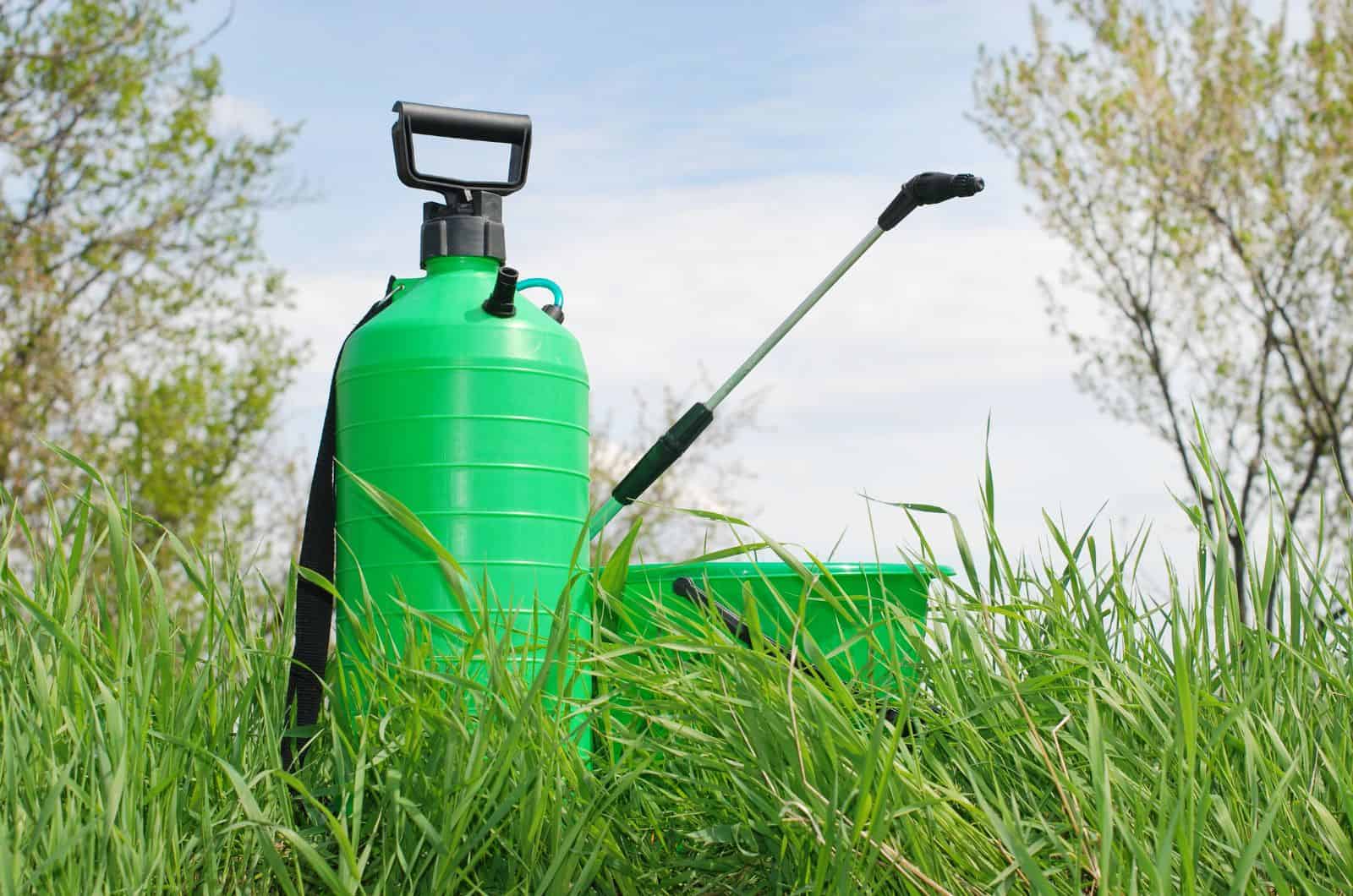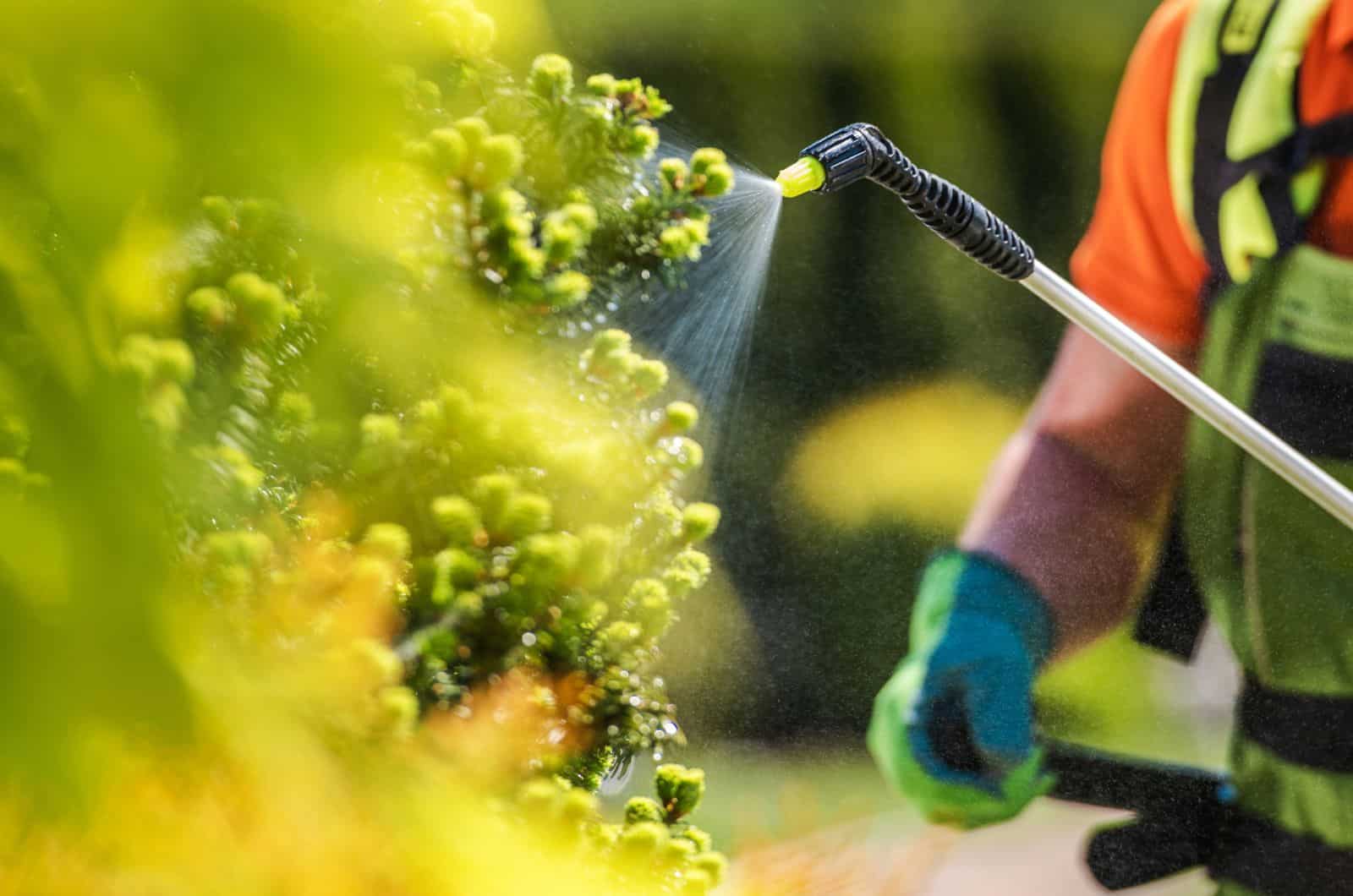Acid and gardening, yes, you read it right. Although it sounds contradictory, this combination is not only possible but also beneficial!
For those gardeners who have heard about humic acid, I will tell you when to apply humic acid, and for beginners, I’ll tell you more about the benefits and usage of this type of acid.
Gardening isn’t something that you learn overnight, but you can master the skill if you combine learning and practice.
Knowing all about fertilizers, soil types, plants, and all other things connected to this type of activity will help you to become an expert; believe it or not, you’ll even be mentally empowered.
So, even though acid sounds like something more connected to chemistry, it’s also used in gardening. Remember, for example, soil acidity!
Now, let’s learn when, how, and why to apply humic acid!
When To Apply Humic Acid
Humic acid is becoming a more and more popular booster for soil.
Adding microbe fertilizers to lawns should be done in early spring, as the growing season of plants starts then.
You want your lawn to be prepared for the upcoming season by feeding it, so after you fertilize it in the early spring, it’s time to add humic acid!
But, you’ll need to do a few things before applying humic acid or any other type of food to your yard. The first thing to pay attention to is removing the weeds.
Why? I mentioned that humic acid is a kind of booster for lawns; it’ll also be a booster for weeds unless you remove them.
I’m sure you already know that invasive types of weeds take over yards, so the best bet is to get rid of them ASAP.
After you get rid of all the weeds, it’s time to apply microbe fertilizer. If you are wondering why microbes are essential for lawns, remember that they provide nutrients such as nitrogen, potassium, phosphorus, and iron.
Time Of Day And Weather
Most beginner growers don’t think much about the time of day for watering or fertilizing, but the fact is that it does play a vital role!
During the hottest parts of the day, water and, in this case, humic acid will evaporate; therefore, it won’t be beneficial for the lawn at all.
I recommend applying humic acid early in the morning or in the evening!
Now it’s time to discuss the perfect weather for the humic acid application. If you have ever used fertilizers on windy days, you’ll know what I’m talking about.
So, never apply this acid if there’s any wind; it’ll blow away the solution instead of helping the soil to absorb it.
How To Apply Humic Acid
First, let’s discuss what to prepare prior to applying this type of acid. The first thing is the fertilizer that you intend to use for your lawn.
The type of fertilizers that you should use depends mainly on the type of soil that you have. I highly recommend doing a soil test before adding anything to it. Therefore, you’ll need a certain NPK ratio based on the test results.
Then, you’ll need humic acid. There are two types of it, liquid and granular humic acid, and there’s no difference in the effectiveness of them.
The type you’ll use mainly depends on your preferences; if you decide to use granules, you’ll need to water them to help them to release the beneficial nutrients.
On the other hand, if using the liquid humic acid, there’s no need for watering; apply it to the lawn with a sprayer, and that’s pretty much it.
The Application Rate
In order to get the most out of this type of acid, you need to know how much to use and how to prepare it.
Most humic acid products will describe how much to use and how to make it but revising never does any harm.
The amount of humic acid to use depends on the type that you intend to use. For instance, if you need to apply the liquid form to 1000 square feet, you’ll need 12 oz. Remember that you also need to dilute the solution; you’ll need a gallon of water per ounce.
Therefore, you’ll need 12 gallons of water per 1000 square feet.
If using granules, you’ll need 10 pounds of this type of acid for 1000 square feet. I recommend applying this type of acid once or twice a year.
9 Benefits Of Humic Acid
Humic acid has a lot of benefits for lawns, and I highly recommend using it because of the 9 reasons that I’ll tell you about right now.
1. Humic acid promotes bioactivity and aids in air circulation, and this is essential for healthy plant roots growth. The roots of all plants need oxygen, and by improving aeration, you help the roots to absorb it.
2. This soil amendment promotes water-holding capacity and, in this way, helps the plant roots with nutrient uptake, especially if used with fulvic acid. Many plants easily dehydrate, so the ingredients in the soil that promote water retention are essential.
3. The soil structure significantly improves, as well as the color.
4. It aids in microorganism development and, in that way, improves soil health.
5. This acid helps in carbohydrate production.
6. This type of acid decreases the number of toxic substances.
7. It can be used in various soil types, including sandy soils. It also works great for clay soils as it loosens them.
8. The germination rate significantly increases.
9. It acts as a bio-stimulant for the roots.
After you’ve seen this list, I’m sure you’ll no longer be asking if you should use or not use humic acid!
Humic Acid vs Other Soil Substances
There are many terms that you’ll hear when gardeners are talking about humic acid. So, the first one to discuss is the term humic substances.
This term stands for different types of organic matter, such as humin, humate, humic and fulvic acid.
Another term you’ll come across is humus.
The question is, why is it important to differentiate these substances? When buying certain products, in this case, one that contains humic acid, the application rate and usage, in general, will change if any other ingredients are used.
So, let’s clear up the confusion and discuss what each soil substance refers to!
Humic Acid vs Humus
Humus isn’t a humic substance but vice versa. Humus is a mixture of chemicals that range in color from brown to black, and all of these chemicals contain carbon.
Soil microbes quickly break down the majority of non-humic tiny compounds. In contrast, under normal soil conditions, soil humus decomposes (degrades) slowly.
Humus can last for hundreds of years in the soil if it’s combined with minerals as a consequence of microbial activity.
Humic acid, on the other hand, promotes microbial activity in the garden soil.
The concentrations of humus are the highest of all organic materials present in the soil (between 65% and 75%).
Therefore, humus is a broader term and includes humic substances, such as humic acid.
Humic Acid vs Fulvic Acid
One rule is for sure, never confuse humic acid for fulvic acid!
Fulvic acid is known as a nutrient chelator as it contains particles that aid in the better absorption and utilization of nutrients. It acts as a foliar spray once the liquid fertilizer is applied.
Due to this feature, it’s one of the best things to use for plants’ overall health. Phosphorus and iron tend to bind together, which should be avoided because they become inorganic afterward.
Plants are unable to utilize nutrients that have turned inorganic, so using fulvic acid is vital for lawn care. Additionally, this type of acid is also used as a herbicide.
Fulvic acid is water-soluble at all pH levels, unlike humic acid, which is only soluble at higher soil pH levels.
So, to get the best results, the best option is to combine both ingredients.
Sadly, if used alone, fulvic acids are less durable in soil than humin. As a result, they aren’t always available when you need them or in the proportions that will produce the optimum outcomes. Because of this, the advantages of fulvic acid for plant health can change greatly depending on the situation.
Humic Acid vs Humate
Another term to discuss is humate. You’ll often hear gardeners use the term humate and you may think of humic acid; these two actually don’t differ in terms of chemical properties.
Humate can be seen as a solid form of humic acid.
Both ingredients have the same effect on the root zone and promote the root growth of many plants, such as turf grass.
Humic Acid vs Humin
Humin is a fundamental component of organic soil. It differs from humic acid as it’s already present in the soil, meaning that it’s entirely stable. So, it’s not water-soluble, and other soil components can’t change its structure.
As a result, humin does a fantastic job of enhancing the soil’s structure and increasing its ability to retain water. But, it doesn’t directly contribute to plant nutrition though, and it doesn’t contain any nutrients.
On the other hand, humic acid contributes to plants’ overall health.
The question is, which of these should you use? Search for the humic substances that contain the largest amount of leonardite.
Can You Put Too Much Humic Acid On Your Lawn?
When it comes to the “natural” substances, such as humic acid itself, you can’t really overuse them.
This type of acid can be used excessively without harming your lawn. It primarily increases soil microbial populations and improves soils’ ability to absorb water and nutrients.
It’s not uncommon for the fertilizer to burn your grass, but that’s not the case with humic acid.
Although humic acid will slightly increase soil acidity, this is not a big issue.
This acid will modestly increase soil acidity following application since, as its name suggests, it is an acid. Humic, however, counteracts this disadvantage by lessening the harm that acidic soil often does to turf grass and plants in general.
So, the sacrifice is worth it! If you are worried about the acidity of your soil, test the pH to discover if lime is necessary for your grass.
FAQs
Does humic acid work on plants that need acidic soil?
Unlike other acids, humic acid has a pH of 7. It does have traces of nitrogen, but not enough for plants to use. Additionally, it aids in the soil’s mineral absorption by plants. Humic acid will therefore aid in their growth, even if certain minerals have developed in your soil too much.
Can I use humic acid in my hydroponic system?
This particular ingredient can enhance the functionality of a nutrient solution. Plants will produce more carbohydrates that provide them with the energy that they need to grow rapidly.
It will make it possible for the plant to absorb additional nutrients that will hasten cell division.
Wrapping Up
Yes, this article may seem like a chemistry lesson, but for the right lawn care, you should know these things.
You should know about ingredients when purchasing products, especially if you use them for edible plants.
There are many benefits of humic acid, and I’m sure you’ll use it for your lawn after reading this article.
Now that you know when to apply humic acid, nothing can stop you from having the best lawn in your neighborhood!
Until next time!
Like this post? Share or pin it for later!

